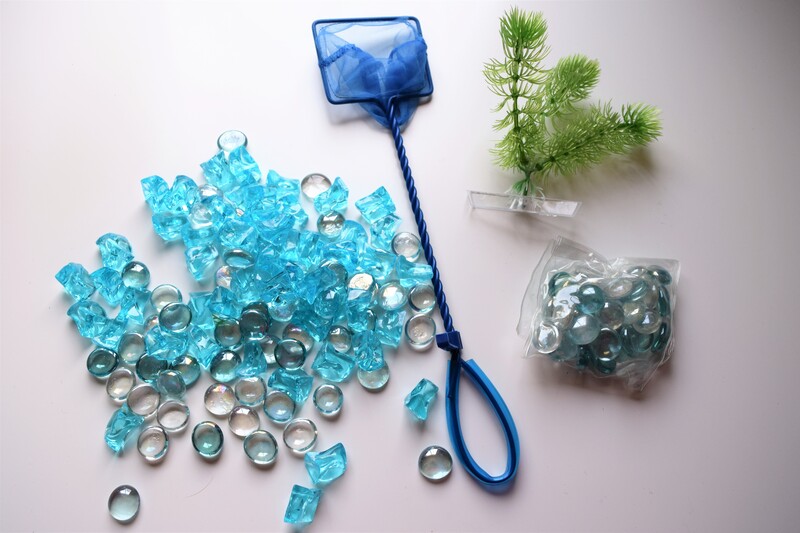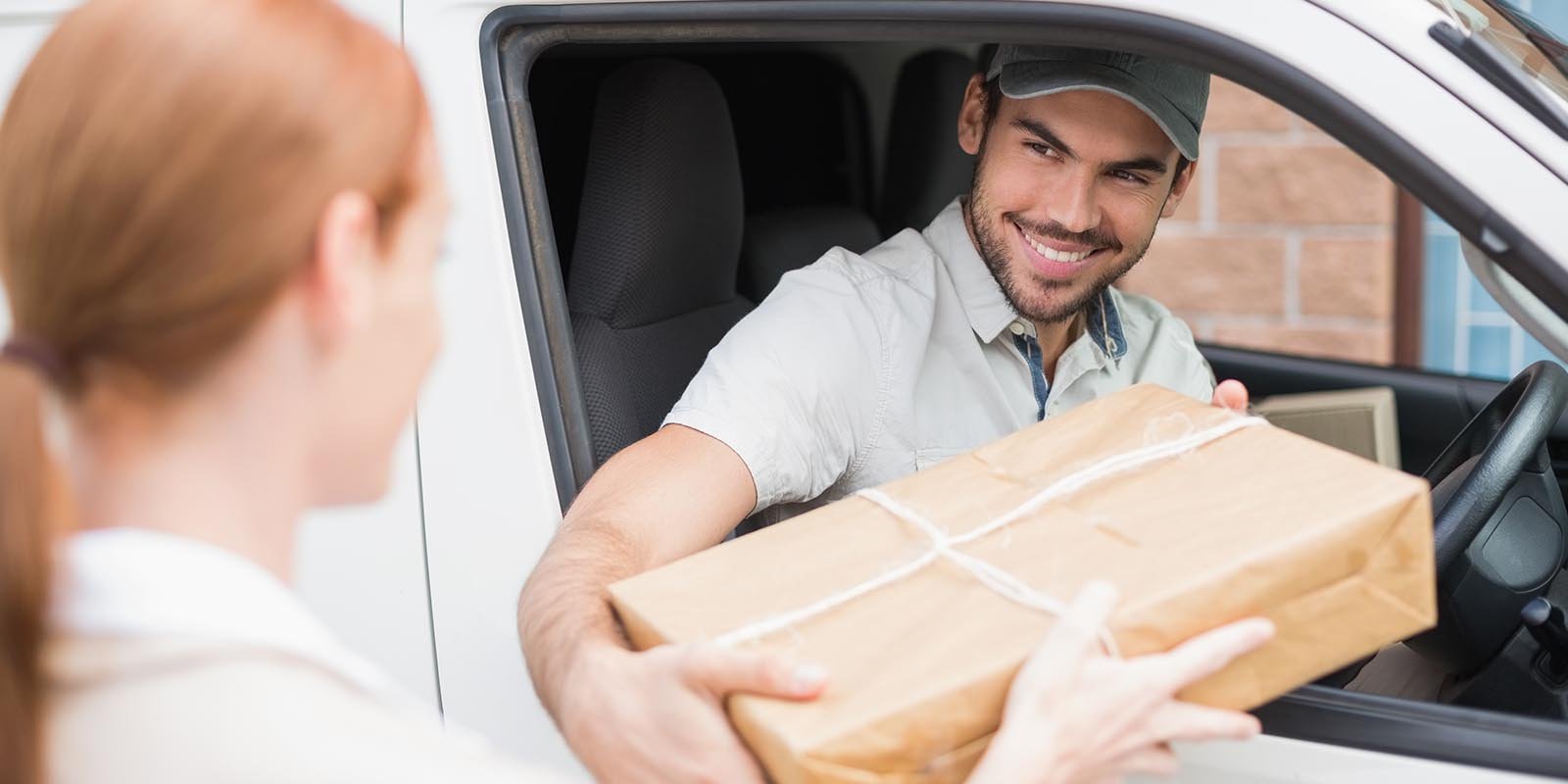Step-by-Step Guide to Pre-Move Decluttering
Posted on 10/06/2025
Step-by-Step Guide to Pre-Move Decluttering
Getting ready to move can feel overwhelming, but clearing the clutter before your move can make the process easier and less stressful. This comprehensive, step-by-step guide to pre-move decluttering will help you decide what to keep, sell, donate, or toss, making your move lighter and your new home more organized.
Why Is Pre-Move Decluttering Essential?
Decluttering before a move isn't just about packing less. It's about creating a smoother transition to your new home, saving time and money, and ensuring you don't bring unnecessary items with you.
- Save on Moving Costs: The fewer items you move, the less you'll spend on boxes, packing materials, and transportation.
- Reduces Stress: Moving is one of life's top stressors. Eliminating clutter before a move provides peace of mind and control over the process.
- Simplifies Unpacking: Unpacking in your new home is easier when every item has a reason and purpose.
- Opportunity for a Fresh Start: Leave behind things you no longer need and start fresh in your new environment.

Step 1: Plan Ahead for Decluttering Success
Preparation is the key to an effective and stress-free pre-move decluttering process. Start early--ideally, begin at least 4 to 6 weeks before your moving date. Breaking up the process into manageable steps will help prevent burnout.
- Set a Clear Timeline: Assign specific dates to each area or room. Example: Kitchen on week 1, bedrooms on week 2, etc.
- Gather Supplies: Prepare boxes, trash bags, markers, and labels so you can immediately sort items as you go.
- Enlist Help: Involve family members or friends. Many hands make light work!
- Prepare Your Mindset: Remind yourself why it's important to downsize and the benefits you'll reap post-move.
Step 2: Start with Less-Used Areas
Begin decluttering in rooms and spaces you use the least. Garages, basements, attics, guest rooms, or storage closets are ideal starting points since their contents typically aren't needed daily.
- Stash Away Sentiments: These areas often hold items with emotional value. If you're attached to keepsakes, set limits for yourself or create a small "memory box."
- Evaluate Utility: Ask yourself: Have I used this in the past year? Does it truly add value to my life?
- Sort by Category: Group items into categories such as tools, sports equipment, seasonal decorations, and keepsakes for faster decision-making.
Step 3: Use a Four-Box Declutter System
This tried-and-true system speeds up the decision-making process by forcing you to categorize every item as you handle it. Prepare four boxes or containers labelled:
- Keep - For items you need, use, and love.
- Donate/Sell - Things someone else could enjoy or use, but you no longer need.
- Recycle - Items such as paper, electronics, or old appliances that shouldn't end up in landfill.
- Trash - Anything broken, expired, or beyond repair.
Pro Tip: As you fill each box, remove it from the space to avoid re-sorting the same items multiple times.
Step 4: Room-by-Room Decluttering Strategies
Kitchen and Pantry
- Purge Expired Food: Check expiry dates on pantry items, spices, and canned goods.
- Sort Appliances & Utensils: Keep only what you regularly use. Donate duplicates or specialty gadgets you never touch.
- Toss Broken or Chipped Dishware: Don't move anything you wouldn't display or use in your new place.
Bedrooms and Closets
- Edit Your Wardrobe: Use the one-year rule: If you haven't worn it in the past year, donate or sell it.
- Pair Down Linens: Each bed only needs two sets of sheets and pillowcases. Donate the rest to pet shelters or charities.
- Assess Furniture: Consider the space available in your new home. Is that bulky dresser worth the effort?
Living Room and Common Spaces
- Streamline Electronics: Dispose of outdated media (VHS tapes, CDs) and electronics responsibly.
- Review Decor: Keep art and accessories that suit your style. Donate the rest or gift to friends/family.
- Minimize Magazines and Books: Keep only favorites or those you'll reread. Libraries and hospitals gladly accept donations.
Bathrooms
- Trash Expired Products: Check medications, cosmetics, and toiletries for expiration dates.
- Limit Towels: Keep two per person, maximum.
- Sort Medicine Cabinets: Properly dispose of old prescriptions and extras.
Garage, Attic, or Basement
- Sort Tools and Hardware: Keep only duplicates or specialty tools you need. Recycle or donate the rest.
- Review Seasonal Items: Be realistic about storing large holiday decorations or rarely-used sports gear.
- Dispose of Hazardous Materials: Follow local guidelines for paint, chemicals, batteries, and electronics.
Step 5: Manage Sentimental and Difficult Items
One of the greatest challenges in pre-move decluttering is letting go of sentimental objects. Here are tips to help you make tough decisions:
- Photograph Memories: Take a picture and create a digital album for items you can't keep but want to remember.
- Limit Mementos: Choose your absolute favorites--quality over quantity ensures your keepsakes are truly treasured.
- Share the Love: Pass meaningful family heirlooms or photos to relatives who may appreciate them.
- Create a Memory Box: Designate a single small box for sentimental keepsakes, forcing selective curation.
Step 6: Sell, Donate, Recycle, or Toss Responsibly
Once sorted, take immediate action to remove items from your home. Efficient follow-through is critical to avoid re-cluttering and to stay organized during your move.
- Sell: List valuable, gently-used items on online marketplaces (e.g., Facebook Marketplace, Craigslist, eBay) or hold a garage sale.
- Donate: Charities, shelters, and local nonprofits appreciate quality clothes, furniture, toys, and household goods.
- Recycle: Take electronics, metals, and applicable plastics to recycling centers.
- Toss: Dispose of trash and beyond-repair items using your city's guidelines.
Tip: Schedule pickups with local charities early--many offer free services but require advance notice, especially during peak moving seasons.
Step 7: Organize for Packing Day
With clutter minimized, organizing what remains is your final pre-packing step. This will streamline both packing and settling in at your new home.
- Group Like Items: Pack essentials together by room and category.
- Label Boxes Clearly: Mark contents and destination rooms for easy unloading and unpacking.
- Identify Essentials: Pack a "first-night" box with toiletries, pajamas, chargers, and basic kitchen supplies for move-in day.
Extra Decluttering and Moving Tips
- Be Absolutely Ruthless: If you're on the fence, let it go! Moving is the ideal time to shed the old and focus on a fresh, streamlined start.
- Stay on Schedule: Use a checklist to track your progress and avoid last-minute panic.
- Reward Yourself: Celebrate milestones to stay motivated throughout your pre-move decluttering journey.
- Ask for Help If Needed: Professional organizers or junk removal services can make a huge difference if you're pressed for time or overwhelmed.

Frequently Asked Questions About Pre-Move Decluttering
Q: How far in advance should I start decluttering for a move?
A: Ideally, begin decluttering 4-6 weeks prior to moving day. This gives you ample time to sort, donate, sell, and dispose without adding stress to an already busy period.
Q: How do I decide what to keep or get rid of during my pre-move decluttering?
A: Ask yourself: Do I use it regularly, need it, or truly love it? If not, let it go. Consider your new living space and lifestyle needs as you decide.
Q: What are the best places to sell items I don't need?
A: Online marketplaces (e.g., Facebook Marketplace, eBay), consignment shops, and garage sales are all excellent outlets for selling unwanted possessions before your move.
Q: Should I declutter if I'm hiring professional movers?
A: Absolutely! Movers charge by weight and volume, so decluttering before a move will reduce your costs and simplify the entire process.
Conclusion: The Benefits of Pre-Move Decluttering
Decluttering before a move is more than just a moving task--it's a critical investment in your sanity, your finances, and your fresh start in a new home. By following this step-by-step guide to pre-move decluttering, you're setting yourself up for a smoother move, easier unpacking, and a cleaner, more organized living space as you begin your next chapter.
Remember, the effort you put into sorting, minimizing, and organizing now is time well spent. Your future self will thank you when you're relaxing in your new, decluttered home!
- Start early and stick to your plan;
- Be decisive with what stays and what goes;
- Keep your new home light, organized, and welcoming.
Ready to make your next move the easiest yet? Grab those boxes, set your schedule, and start pre-move decluttering today!


.jpg)




